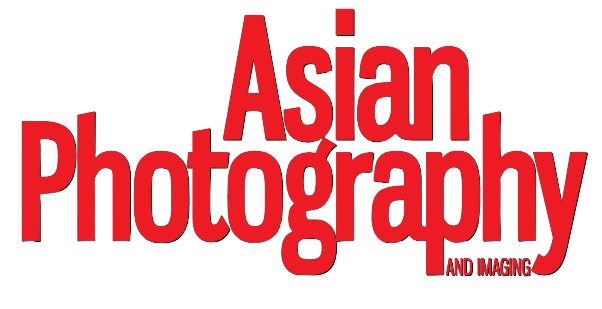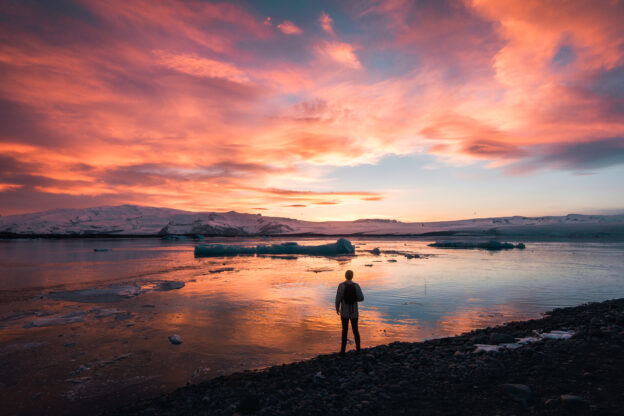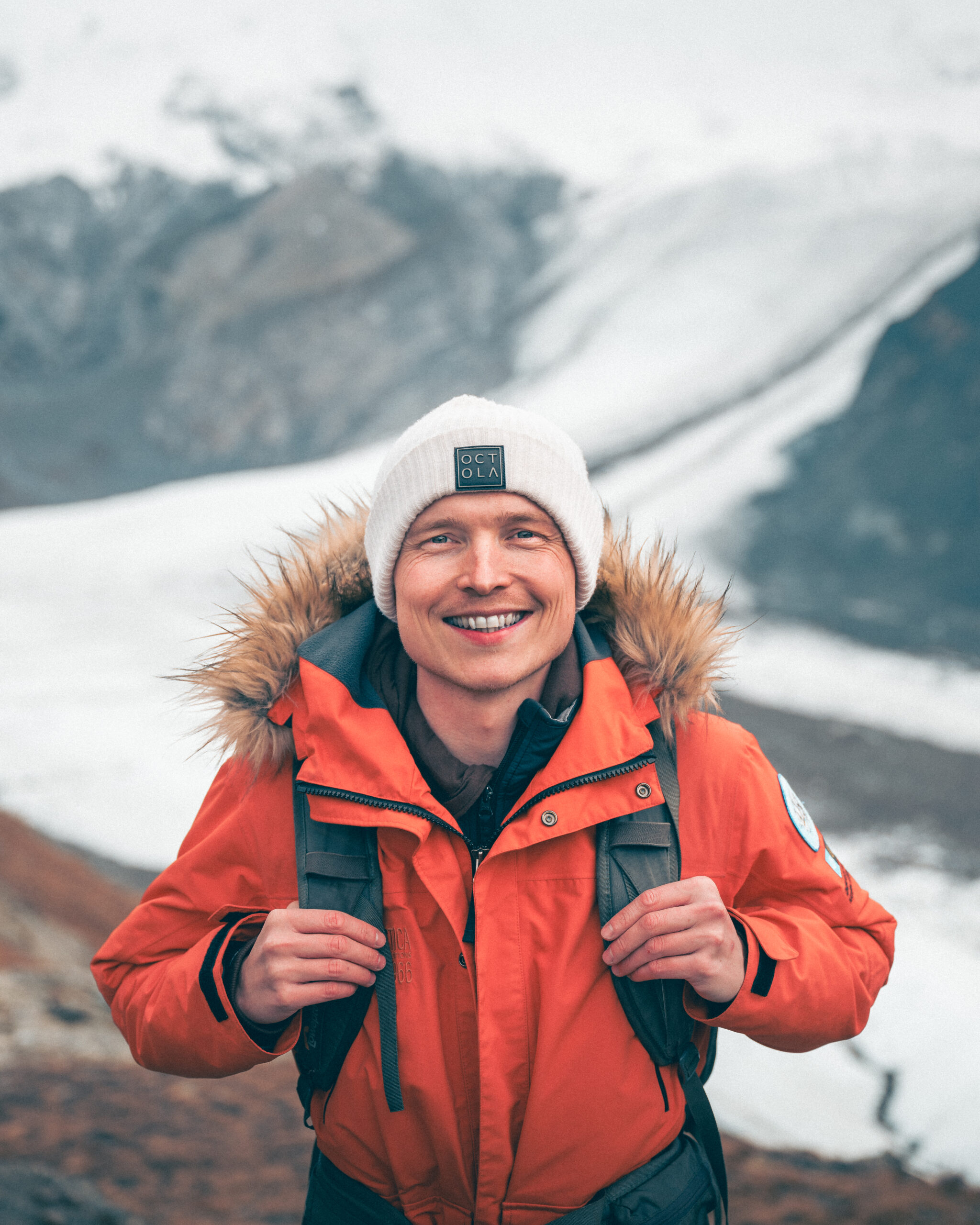
Alex Stead is a professional photographer known for capturing breathtaking landscapes, adventurous expeditions, and dynamic lifestyle imagery. With over a decade of experience, his work spans from the Arctic to the deserts, blending storytelling with stunning visuals. He has collaborated with global brands and tourism boards, crafting compelling narratives that inspire wanderlust. He also has a deep passion for wildlife and remote expeditions. Asian Photography caught up to him to talk about his background, storytelling, expeditions, and the evolution of travel photography.
Do you remember the first photo you ever took that made you think, “This is what I want to do”?
Growing up, I’ve always wanted to be a photographer, but I didn’t really know that it could be a proper career or that I could make a living out of it. I spent a lot of my childhood wandering London with my camera, capturing the city. In 2012, it was the Olympics which were being held in London, and we’d managed to get a few tickets to some events. One of which was the Men’s 200 Meter with Usain Bolt, and we luckily had pretty good seats. So as a 15-year-old with a big lens I had borrowed, I managed to get some great photos of the event. While I’d know for a while that I wanted to be a photographer, this gave me great confidence that it could be something I could achieve. Even though I never went into sports photography, I tried all areas of photography before finding travel, lifestyle and automotive which is mostly what I do today.
How do you decide what stories to tell through your photography?
When deciding what stories to tell through my photography, I consider several factors. I think about what resonates personally with me and what stories I want to convey. This could be an intriguing destination or a theme that has caught my interest. I also reflect on the relevance of the story to my audience or the client, looking for topics that might inspire or evoke a strong response. Additionally, I consider the visual elements available, such as lighting, composition, and colour, ensuring they can effectively communicate the intended narrative. I also want to explore as much of the world as I can, so I look for intriguing places which I’d like to capture.
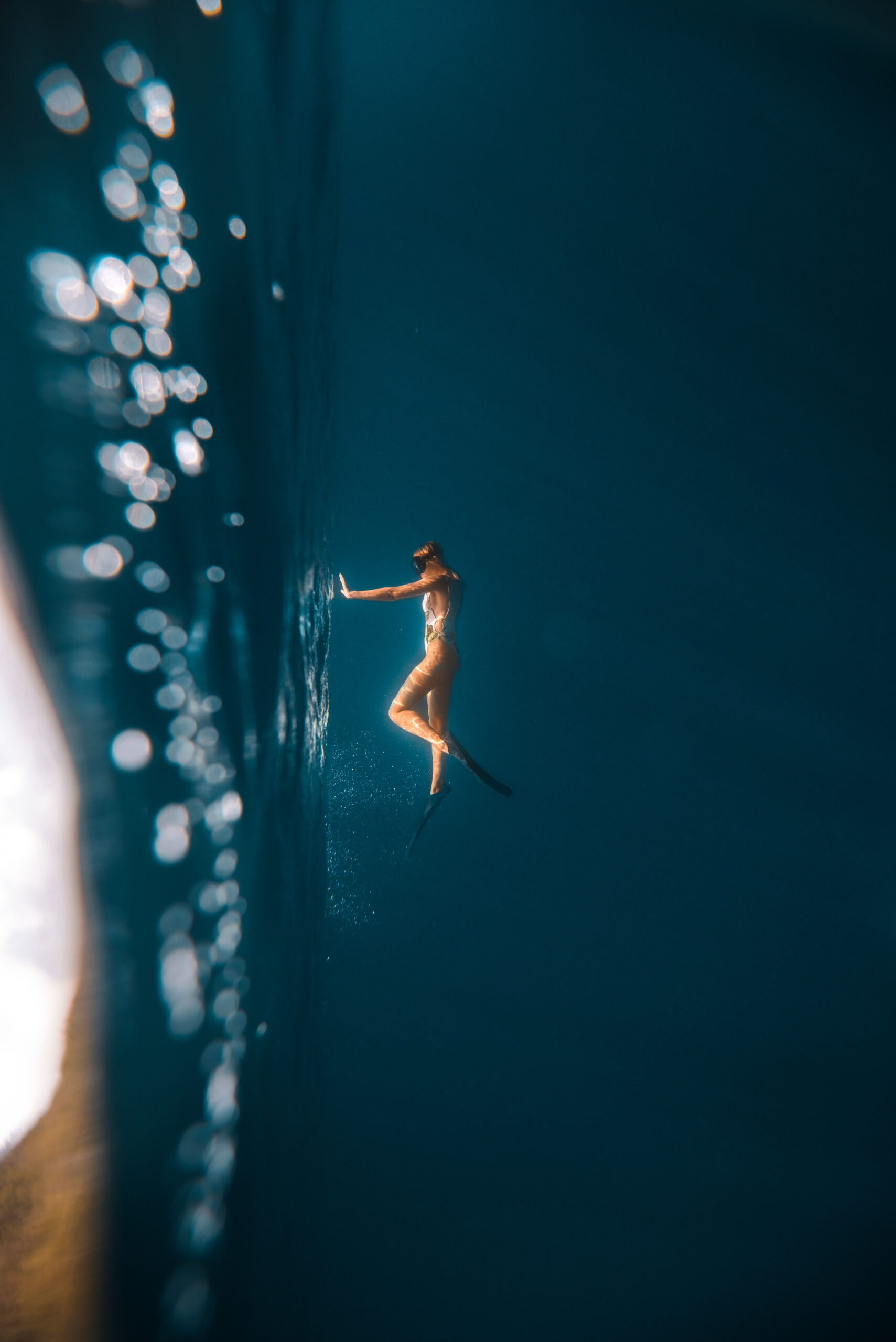
What’s the hardest thing to capture in travel photography that people might not realise?
I think travel photography in general is all quite hard and easy at the same time. It’s very easy most of the time to travel to a country and take a photo, like a lot of normal tourists do. However, it’s a very different and challenging job to capture a location in a way which grabs someone’s attention on the front of a website or a magazine. It’s hard to always create captivating images when it’s not always ideal conditions, so your creativity always has to be switched on to the max at every location. To make sure you get the most captivating photo, the best composition, you are in the right place for the best light which could only last a few seconds.
I think overall as a travel photographer you have to master so many photography skills and environments. For example, I could be one week in Antarctica and the next in the desert, so I very much learnt over the years how to work in different environments and that’s something which people don’t realise is hard. How you have to adapt your photography skills to the environment very quickly. Not to mention how physically hard sometimes photography can be, I usually carry about 15KG of camera gear. Perhaps more if I need big lenses for wildlife.
How do you choose your next destination to photograph?
Most of the time the places I end up aren’t down to me, but it’s down to my paying clients. Of course, I spend a lot of my time pitching projects or ideas to clients, however the creative teams in their agencies or the brand HQ make the decision where a project will happen. That said, I love to have more personal projects where I reach out to tourism boards or brands in certain countries and put together a project there. In the future, I want to spend a lot more time in the Arctic and the Antarctica regions exploring, so I’ve been pitching ideas to expedition companies.
I also love capturing wildlife, so I’m constantly pitching ideas around that, however there isn’t a huge amount of income from wildlife photography, so these are mostly personal projects.
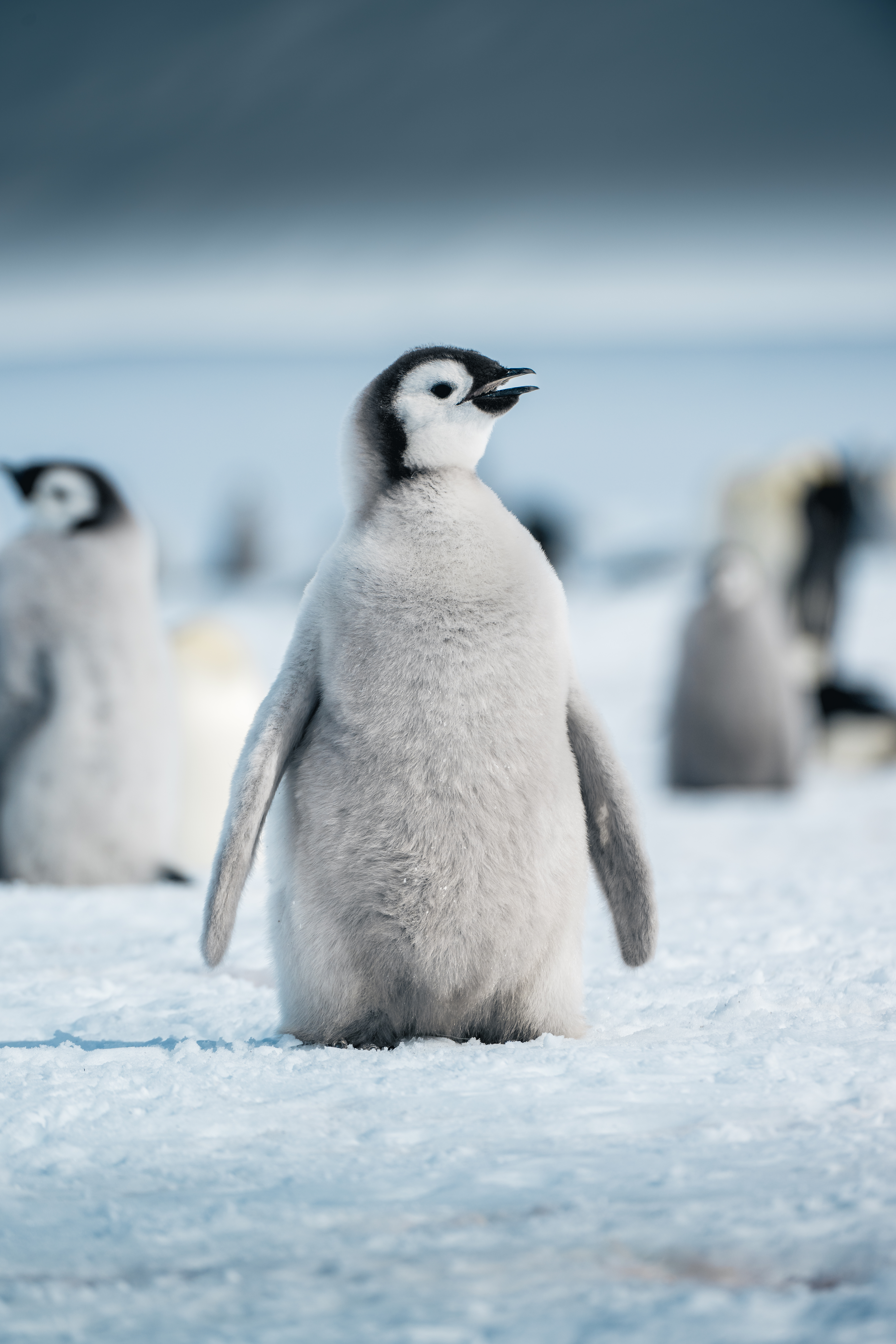
Do you travel with a plan in mind, or do you let spontaneity guide your photography?
I always do a lot of research before going on a trip, I really want to get to know the places I’m going before I set off. I spend a lot of time on Google Maps and street view understanding the environment. Especially if I’m shooting for a client, we have a lot of locations and ideas in mind, so we are on the same page about what we are producing. That said, things don’t always go to plan, or you find a hidden gem which didn’t come up in your research, so it’s good to be spontaneous at times and see where it takes me. When on location we always try to find a good local guide and that really helps us get the most out of the trips I do. I love going to countries where you can self drive and explore though. Places like New Zealand have been one of my favourites to go to as you can just road trip and explore with being spontaneous.
What do you do when things don’t go according to plan?
I’ve learned over the years how to be very adaptable and embrace change quickly. Before a trip I do a lot of research on the places I’m going and always have a backup plans if things go wrong. A lot of the time on travel projects we don’t book accommodation till the same day and change our itinerary constantly with the weather.
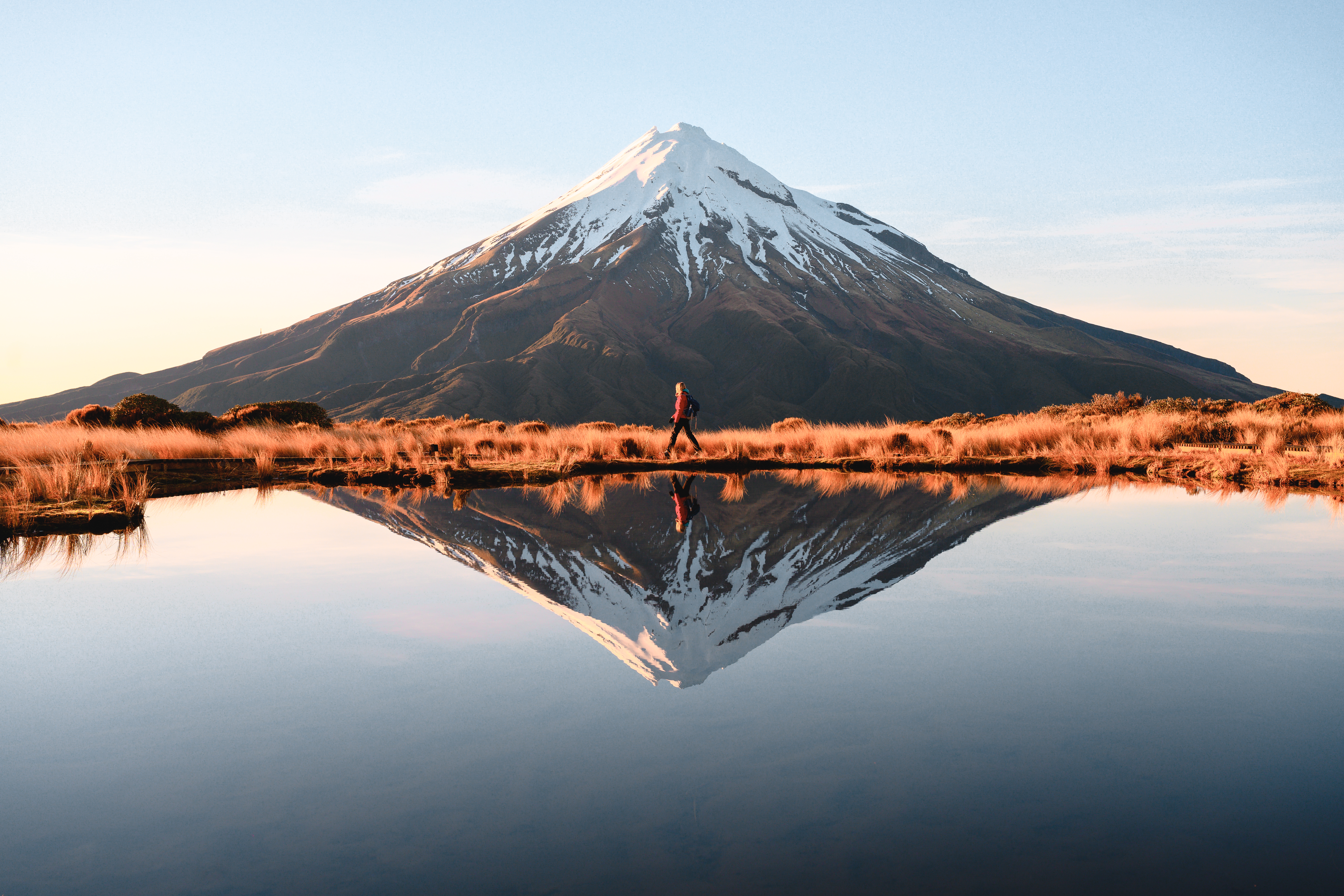
Of course, this is not always possible in more remote areas, however it certainly helps to be as adaptable as possible. Sometimes, even with all of this, you don’t always get the most ideal conditions for the photos you imagined creating at that location. However, with a lot of my work if the weather is “bad” I lean into the more interesting weather. I think as a travel photographer you learn quickly to shoot in all weather, lighting, and environment conditions. Within that, looking for more interesting compositions, for example.
What’s one piece of gear you can’t live without?
For me, I use a polarizer in a lot of my work, so this is something which I couldn’t live without. A polarizer reduces reflections and glare, intensifies colours, and darkens skies. I think it’s a great way of improving your daytime work and making the light less harsh.
How do you see travel photography evolving in the next decade?
It’s hard to say where I think travel photography is going, however the changes I’ve seen in my 10+ years of doing this, travel photography is evolving a lot more into short format video. With the rise of social media, 9×16 video is highly popular, so I see a lot of photographers including myself adapting to this medium and telling stories through this. One thing I really hope stops is the rise of AI-generated travel content. However I see this growing and growing sadly to a point where we can’t tell what is real and what is fake.
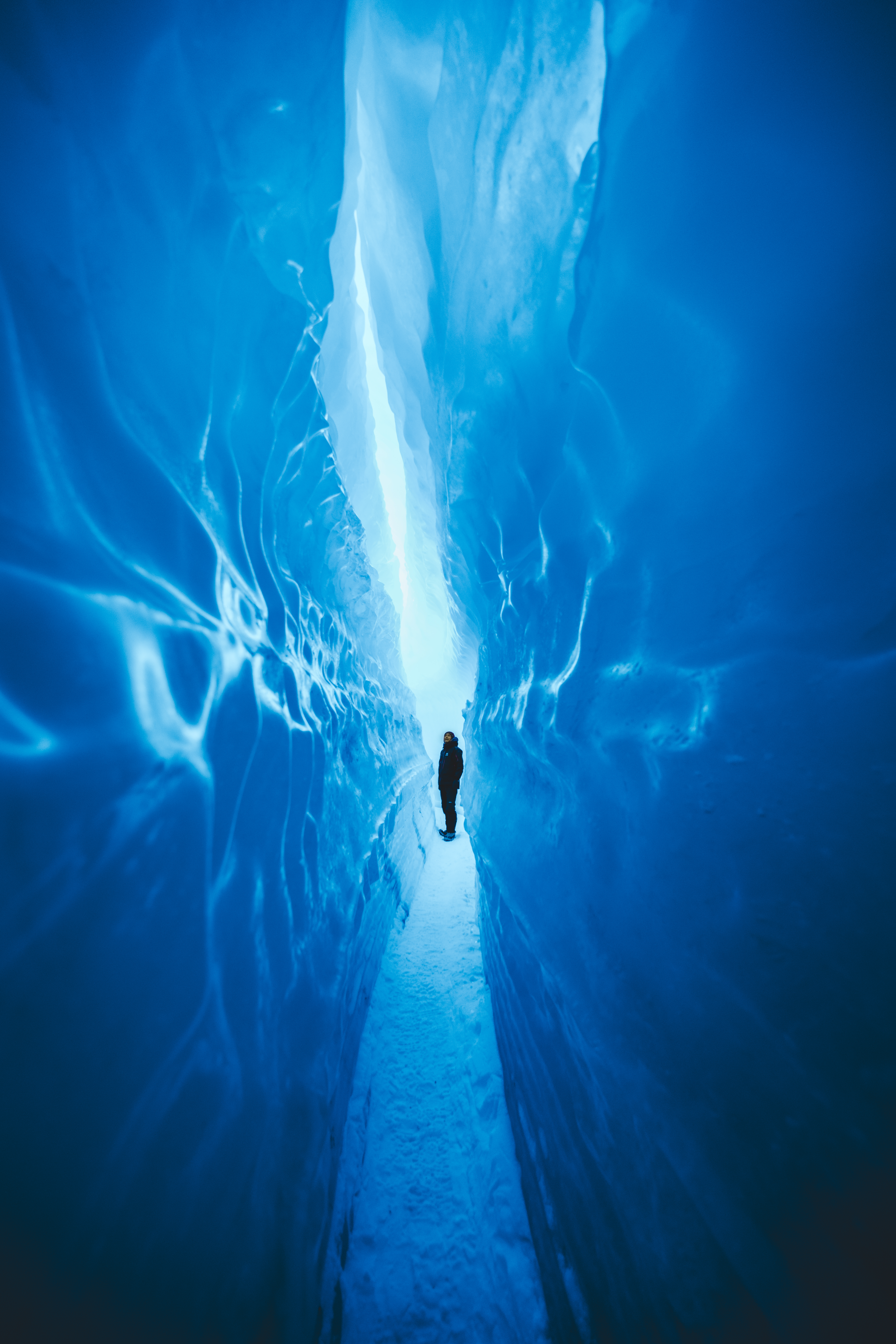
What’s your best photo till now and the story behind it?
I don’t think I can say I have one “best photo”, however one I took about six years ago really still stands out to me. I was in Iceland on a long term project for a company and was watching sunset at the iconic black sand beach lookout. It was I believe late April/ early May so was coming towards puffin season, however so far on the trip and the hours being at this view point we hadn’t seen them. However, as it got closer to sunset, they came out and were diving off the cliff to go fishing. I noticed two puffins coming together quite often so I laid down and slowly moved closer trying not to disturb them. I also changed lenses to a much wider one, most people shoot puffins with a 70-200 mm, but for this I’d got a 14-24 mm to try to capture the sunset and landscape.
What’s one thing you wish you knew before you started?
I wish I knew a lot more about the business side of photography. It’s not an easy industry, and actually 80% of my time is spent behind a desk running the business side of things.
